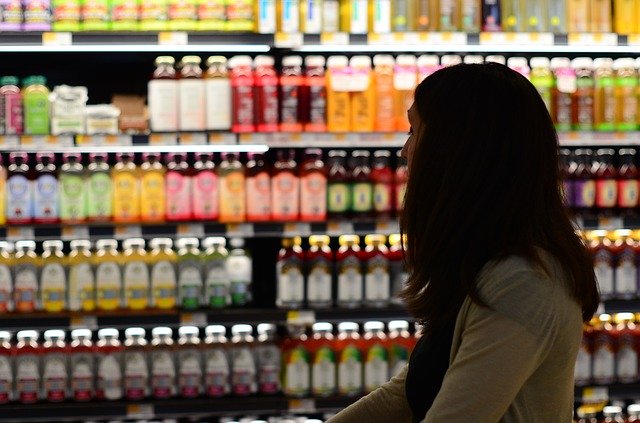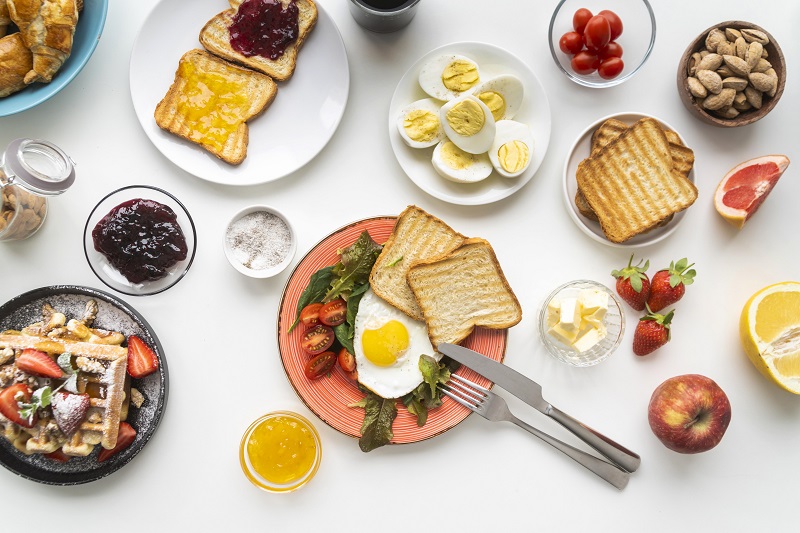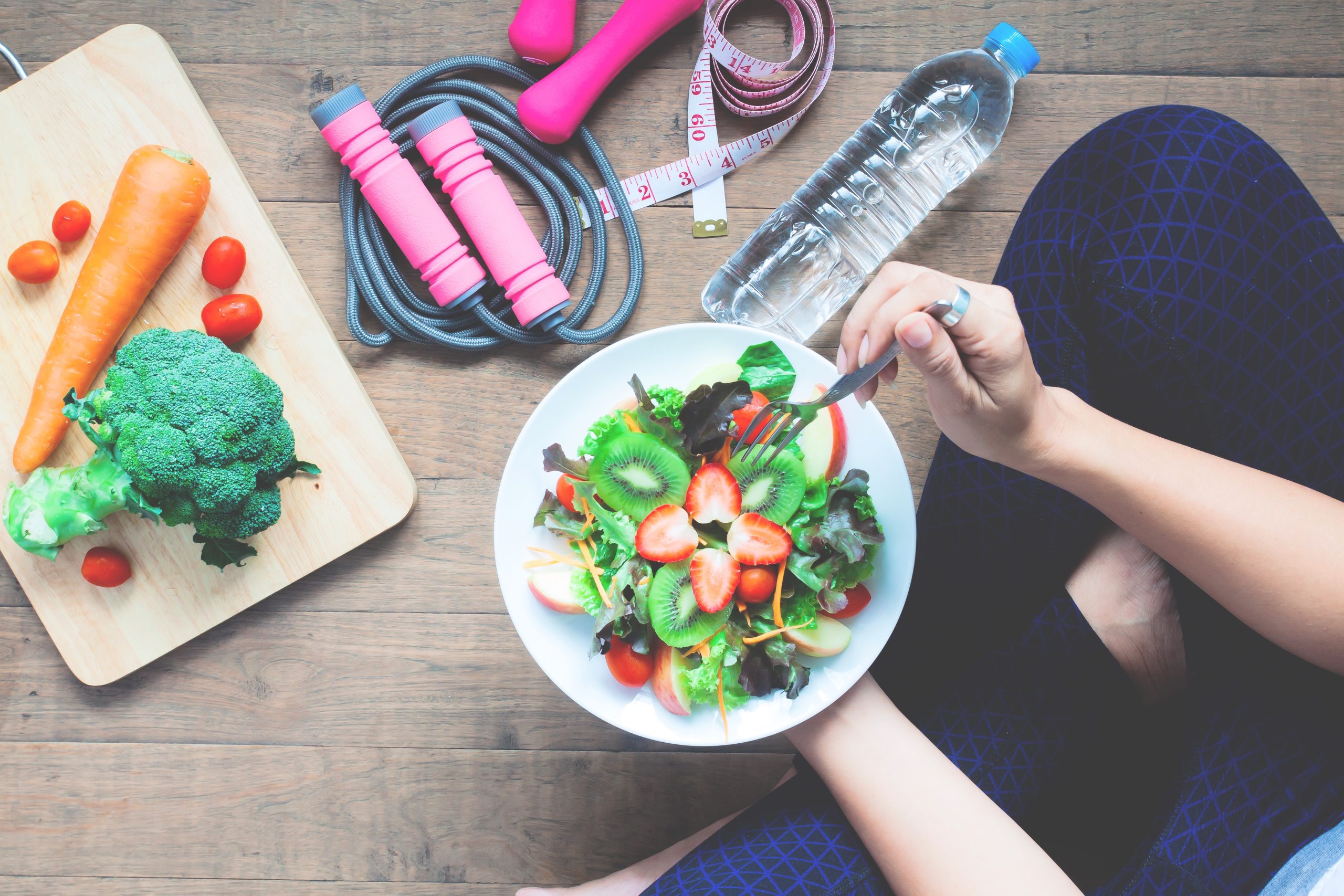By Bhavna Malhotra
Consultant- Nutrition & Lifestyle
bhavna.nutritionqueries@
Did you know a 200 ml glass of juice could give you more than 40% of the recommended sugar requirement per day* or a pack of instant noodles would load you with more than 35% of your daily requirement of sodium**? Mind you this too when your daily total calorie requirement is 2000 Kcal which is unlikely if you are trying to lose fat or are not physically active. Isn’t it ironical that the pack of masala oats from a leading brand that you picked up for your heart health doesn’t even mention the amount of sodium on its pack which is crucial information for heart health itself! With our hectic schedules packaged foods have become a part of our lives and hence can impact our health significantly.
It’s disheartening that we don’t think twice before putting a packaged food in our grocery basket while we spend hours exploring specifications online before buying the latest mobile or laptop.
With the increasing incidence of non-communicable diseases (NCDs) like diabetes, heart ailments, cancer in India Food Safety and Standards Authority of India (FSSAI) has proposed in 2019 to fine tune the labelling protocols by bringing in ‘Front of Package Labelling’ (FoPL) for all packaged foods. The main focus will be on highlighting the sugar, salt, saturated fat and Trans fat content on front of food packages. Studies have shown there is a correlation between high intake of salt, sugar, saturated fat and trans fat and incidence of NCDs. As per the revised recommendations food items will have to colour the nutrient label red in case the energy from added sugar is over 10% of the total energy provided by 100 gm or 100 ml of the product and the energy from trans-fat is more than 1%.The labels will also have to declare, per serve percentage contribution to Recommended Dietary Allowance (RDA). The initiative in a long term should help consumers make healthier choices and help reduce the burden of NCD in our population. Many developed countries already follow a rating system. Australia follows a health star rating system, UK a multiple traffic light system and France a NutriScore system. The idea behind all of these is simple – make label reading consumer friendly.
It’ll take a little while before FoPL is implemented so let us see how much do we understand the current labels. First thing to know is that the ingredients mentioned on a package are always in descending order. So if you are buying a pack of whole wheat bread the first ingredient on list must be whole wheat or if buying a bottle of tomato sauce tomatoes should be the first mentioned ingredient. As an aware consumer we should look for following details on our packaged food in addition to ingredients, best before/use by/ expiry date, price and quantity:
-
Total calories provided per serve or in 100 gm/ 100 ml of product – Package should preferably mention the calories provided per serving of the product. Do read carefully how much is one serve quantified in gm.
-
Sodium content – Packaged foods which have added salt like chips, soups, instant noodles, quick cooking oats should mention the sodium content per serving of their product. Recommended sodium intake per day for a healthy adult is not more than 2000 mg which is equivalent to 1 tsp of table salt. So if a serving of instant soup or instant noodles provides more than 300-500 mg of sodium it’ll be impossible to manage within the recommended amount sodium for the rest of the day.
-
Calories coming from added sugar – Labels mention total carbohydrate content and below it the split up of carbohydrate coming from ‘sugar’ and ‘fibre’ should be mentioned. We should choose a product which provides us more carbohydrate as fibre than added sugar.
-
Fat calories and type of fat used – The labels mention total fat calories and should further mention contribution of calories coming from saturated fat (SFA) and Trans fat. We should look for products which provide us with more of PUFA and MUFA and less of saturated fats. Read the ingredient list for terms like ‘partially hydrogenated vegetable oil’ to rule out the presence of Trans fats.
-
Verify health claims – If a package makes a health claim like ‘Real fruit juice’, ‘no added sugar’ read the label carefully for names of sugar alternatives like ‘high fructose corn syrup (HFCS)’, liquid glucose, dextrose, sucrose, glucose or fructose. A vegetable oil packet claiming to be ‘cholesterol free’ is deceiving as cholesterol is present only in animal products and being cholesterol free doesn’t mean it will not impact your blood cholesterol levels. Studies have shown that a high intake of fat in diet may lead to changes in lipid profile.
Fresh foods are best for health but since packaged foods have started trickling in our kitchens we must learn how to read the labels to make healthier choices. Reading the labels carefully before buying the packaged foods the next time is the least we can do to protect our health!
*Sugar recommendation for healthy adult – Less than or equal to 10% of total recommended calories per day. For a 2000 Calories diet not more than 200 calories should come from table sugar which is equal to 10 tsp of sugar.
**Sodium recommendation for healthy adult – Not more than 2000 mg per day. This is equal to 5-6 gm of table salt per day.







